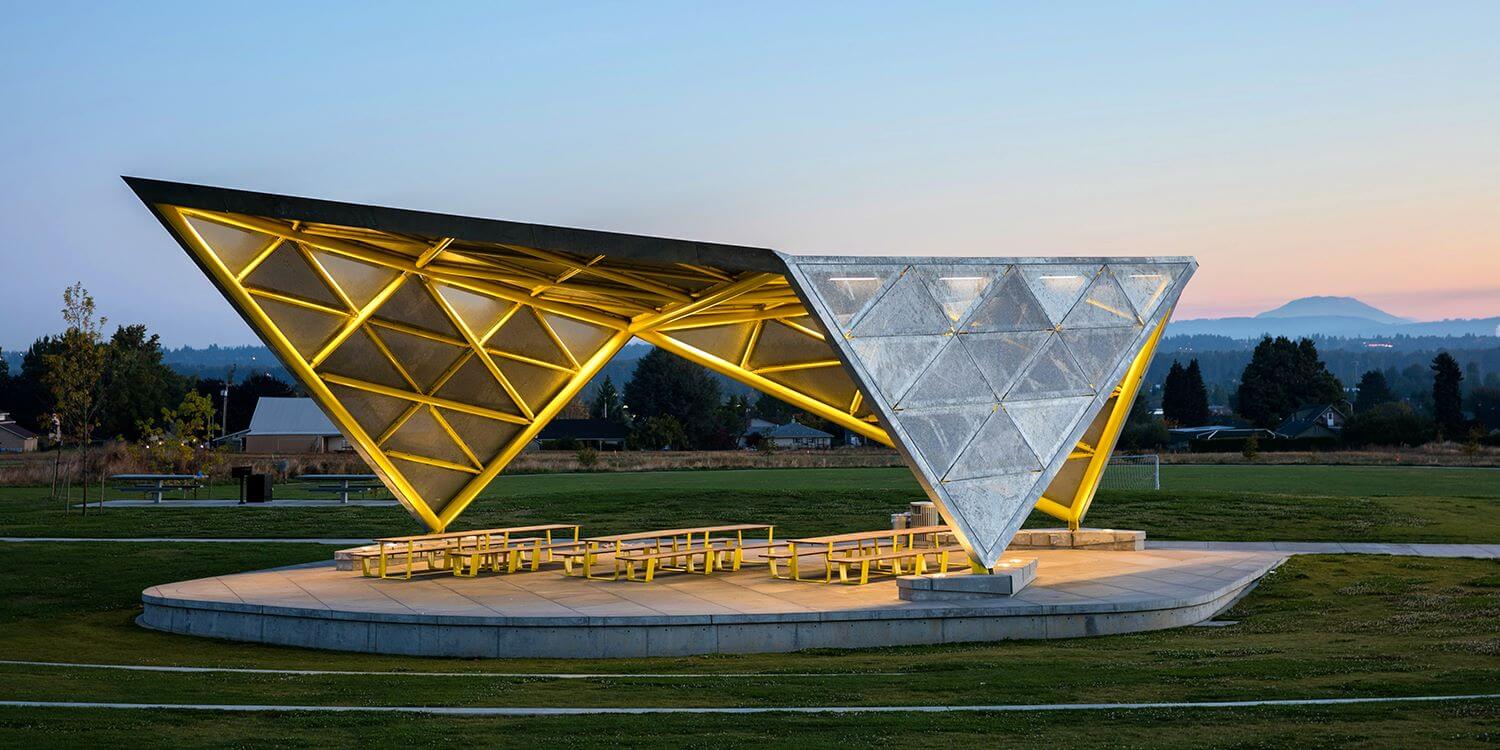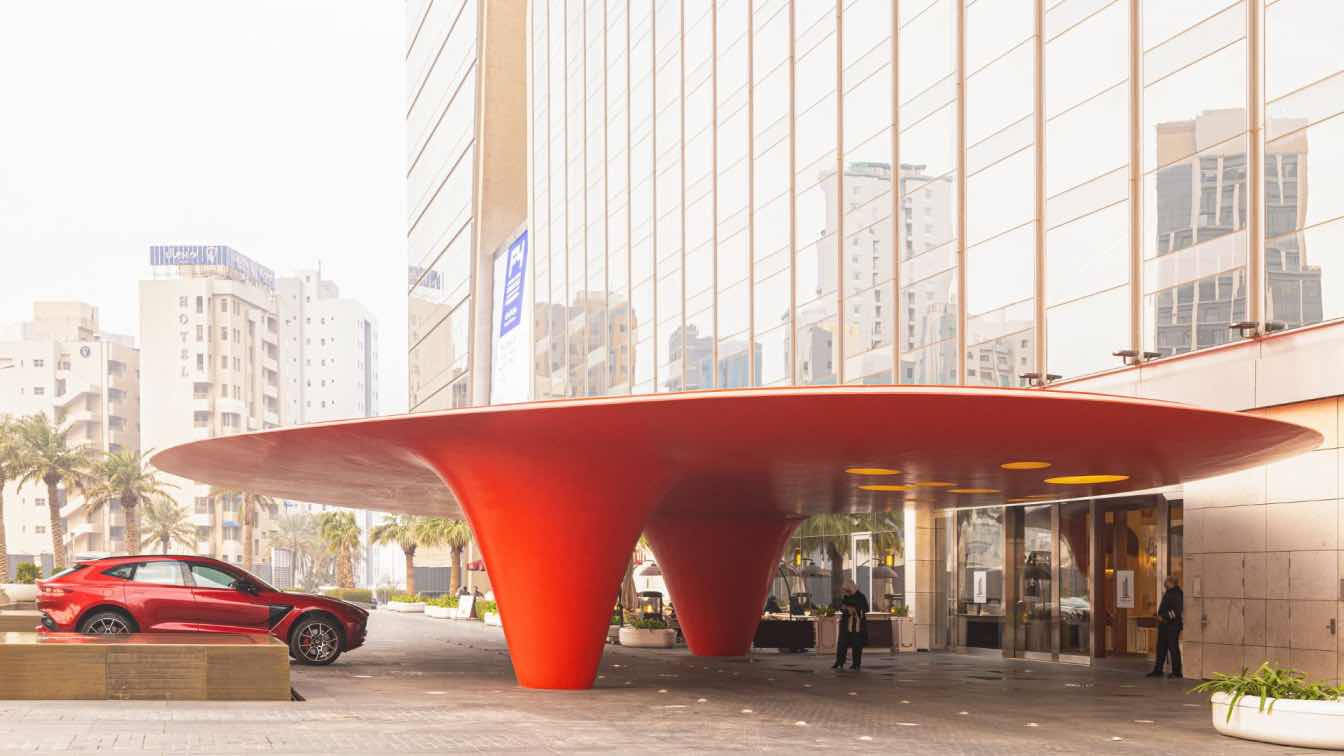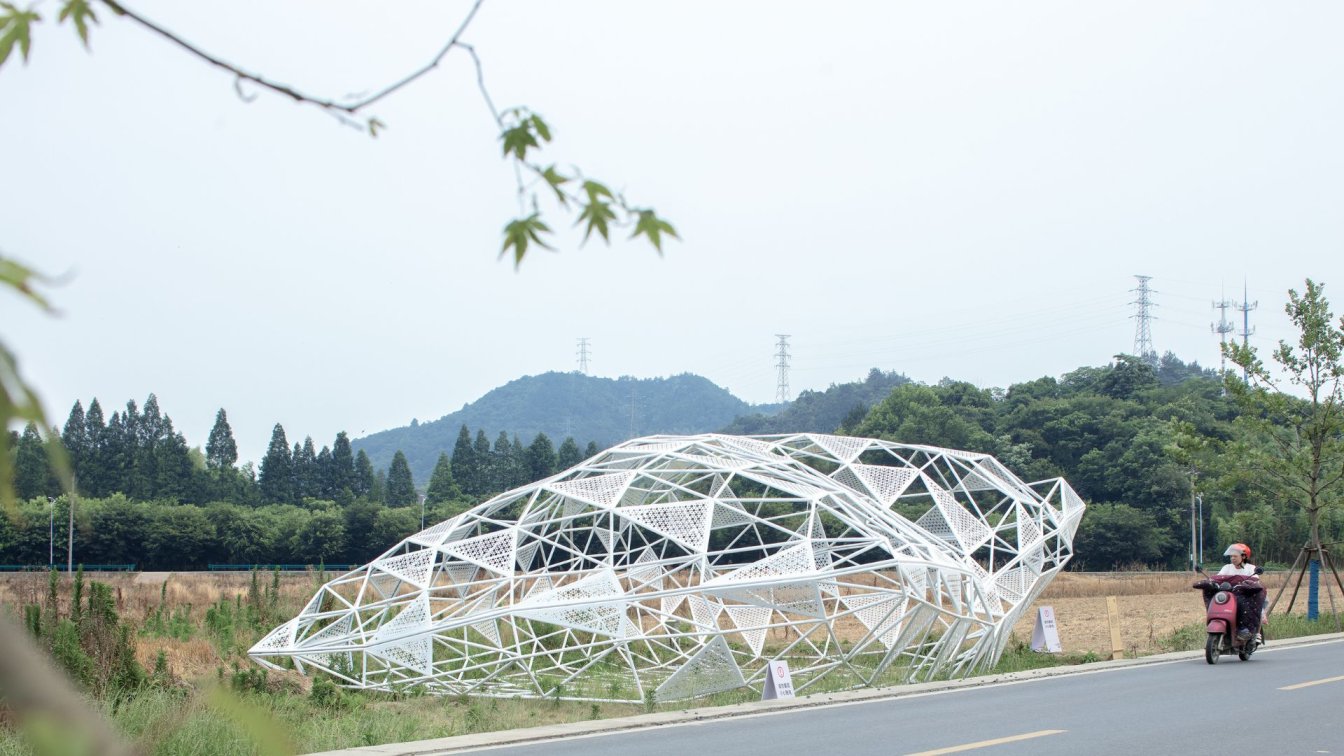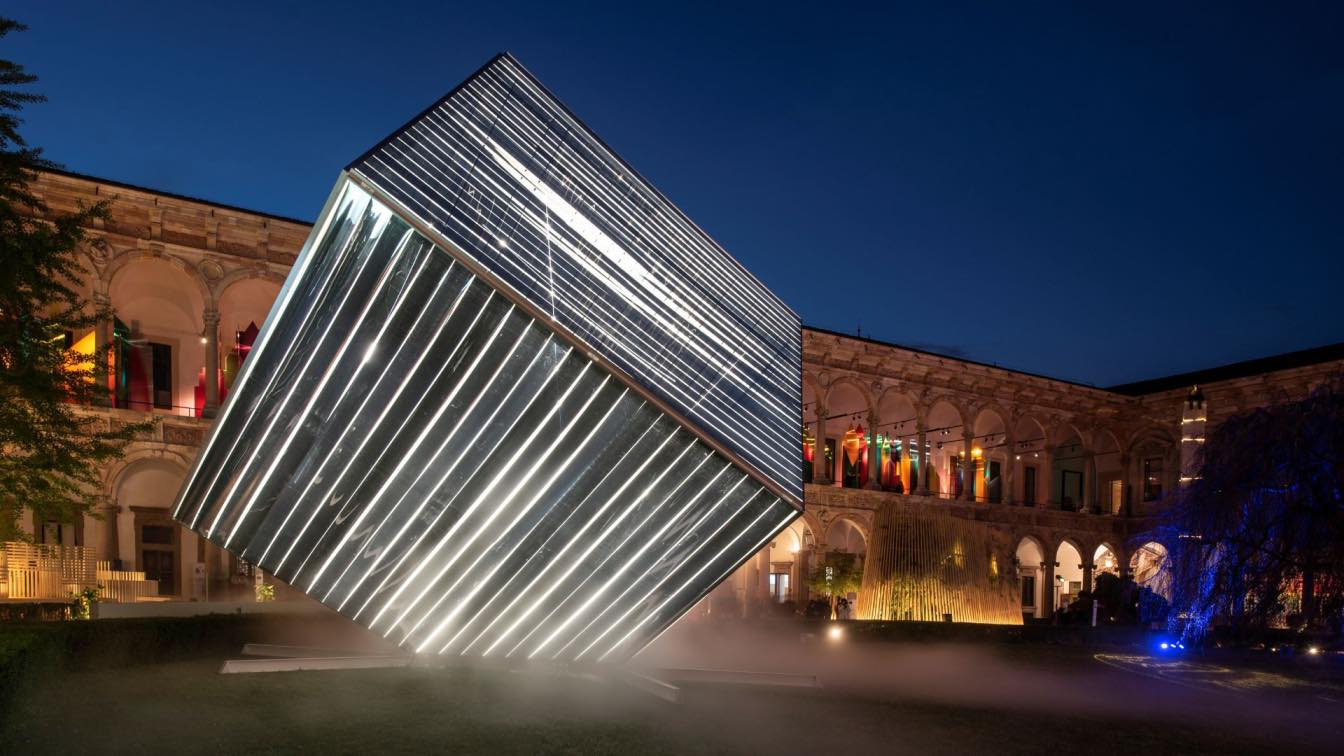Skylab Architecture worked alongside 2.ink Studio and in close collaboration with Portland Parks and Recreation to create this 16-acre, hourglass-shaped park in a northeast Portland neighborhood. The design team developed the park, formerly Beech Park, around an integrated strategy that creates both passive native meadow areas that require limited maintenance as well as areas for intensively active program elements. The neighborhood is a mix of longterm residents and an increasingly diverse population of new residents. The park’s program elements were developed in coordination with area residents through a series of public open houses and meetings with the project’s Design Advisory Group.
The park’s development introduces a mix of new activities onto the site including a community amphitheater, picnic shelter and restroom, off-leash dog area, a large community playground, interactive water feature, parking areas, walking paths, and community garden. Active uses include a skate spot, climbing wall, basketball, ping pong and soccer. The park’s design takes advantage of views to the Columbia River and distant Mount St. Helens while introducing a strong sense of the area’s native habitat to tie all of the elements of the park together.

The signature element, a 1,760-square-foot multipurpose shelter, is made from a series of interconnected equilateral triangles of perforated and galvanized steel plate. The folded angular form takes its inspiration from the triangulated peaks of the surrounding mountains, Native American plank houses and river fishing platforms. A simple steel pipe frame supports the shelter to create a flexible space for picnic gatherings or summer concerts. By celebrating the structure’s tectonics and revealing the means of construction, the structure serves to honor the economy and beauty of native structures built by the original inhabitants of the area. Axial connections through the park enhance user awareness of the world beyond the park. Park program elements and trees are arranged to manipulate view corridors to Mt. Hood and Mount St. Helens and help to organize other site elements including a small steel-clad restroom building. At the highest point on the site a conical mound recalls the volcanic cinder cones on the horizon. Visual connections between key park elements articulate the experience along and across the axis.






















